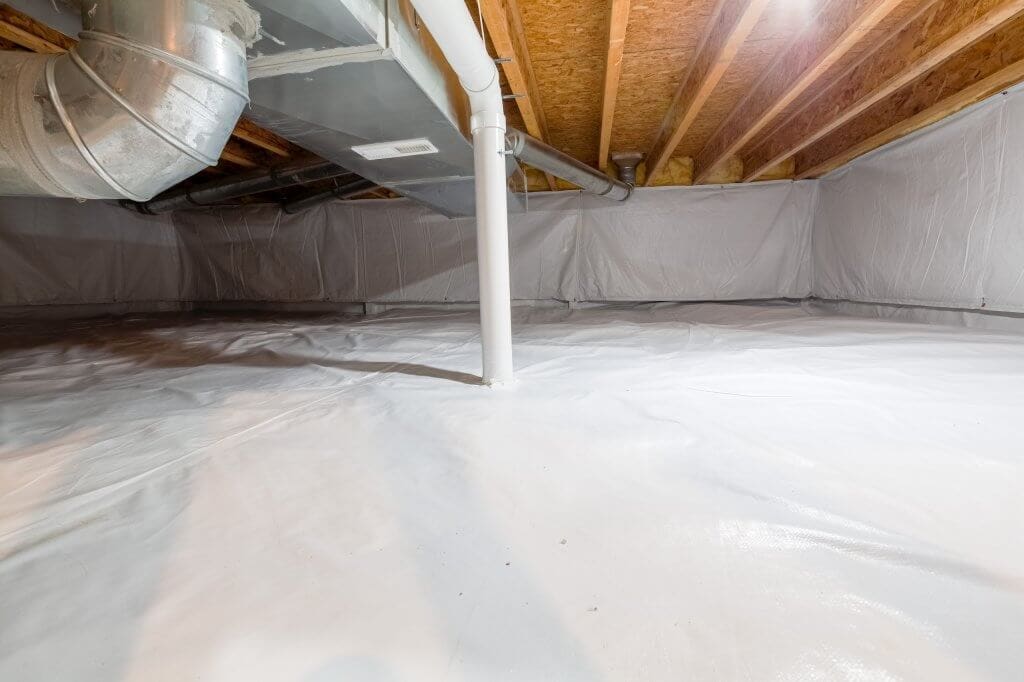Asthma is a chronic respiratory condition that affects millions of people worldwide. While medication and medical advice are crucial for managing asthma, there’s another factor that can significantly impact your respiratory health: indoor humidity. In this article, we’ll explore the connection between humidity and asthma and provide practical tips on managing humidity for asthma relief at home.
Understanding the Link Between Humidity and Asthma
Humidity, or the moisture content in the air, can have a profound impact on individuals with asthma. High humidity levels can trigger asthma symptoms, as the increased moisture promotes the growth of dust mites, mold, and other allergens. On the other hand, low humidity can dry out the respiratory passages, making them more susceptible to irritants and exacerbating asthma.
The Impact of Indoor Humidity on Respiratory Health
Maintaining the right indoor humidity is crucial for asthma sufferers. Here’s how humidity levels affect respiratory health:
High Humidity:
- Encourages the growth of dust mites and mold.
- Increases the presence of airborne allergens.
- Can make it difficult to breathe comfortably.
Low Humidity:
- Dries out the airways, leading to irritation.
- May trigger coughing and worsen asthma symptoms.
- Can affect the body’s natural defense mechanisms against respiratory irritants.
Ideal Humidity Levels for Asthma Sufferers
Here are some practical strategies for managing humidity at home to alleviate asthma symptoms:
- Use a Dehumidifier: Invest in a dehumidifier to reduce excess moisture in your home, especially in humid climates.
- Regular Cleaning: Keep your home clean, and pay special attention to areas prone to moisture, such as bathrooms and basements.
- Ventilation: Ensure proper ventilation in your home to promote air circulation and reduce humidity.
- Monitor Humidity: Use a hygrometer to measure humidity levels and adjust as needed.
- Fix Leaks: Promptly repair any leaks or water damage to prevent mold growth.
- Air Conditioning: Use air conditioning to control both temperature and humidity in your home.
Benefits of Humidity Management for Asthma Relief
By effectively managing humidity in your home, you can experience several benefits:
- Reduced Asthma Symptoms: Maintaining proper humidity levels can lead to fewer asthma symptoms and improved breathing.
- Better Sleep: Comfortable humidity levels promote better sleep, crucial for overall health.
- Lower Allergen Exposure: Reduced humidity limits the growth of allergens like dust mites and mold.
- Enhanced Respiratory Comfort: Asthma sufferers can enjoy greater comfort and quality of life.
Managing humidity is a vital aspect of asthma care at home. By maintaining the ideal indoor humidity levels and implementing practical tips for humidity management, you can significantly alleviate asthma symptoms and create a healthier living environment.
Remember that while humidity control is essential, it complements but does not replace medical treatment and advice. Consult with your healthcare provider for personalized asthma management.





